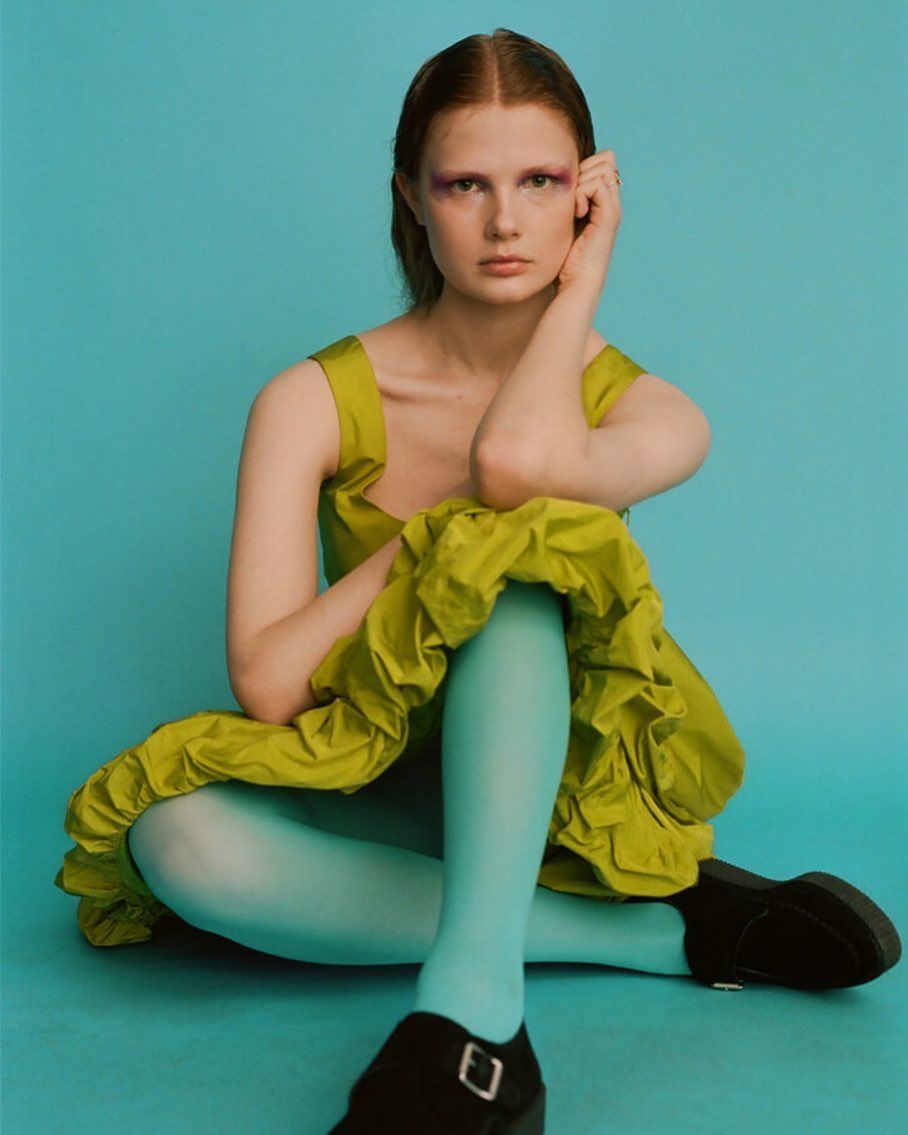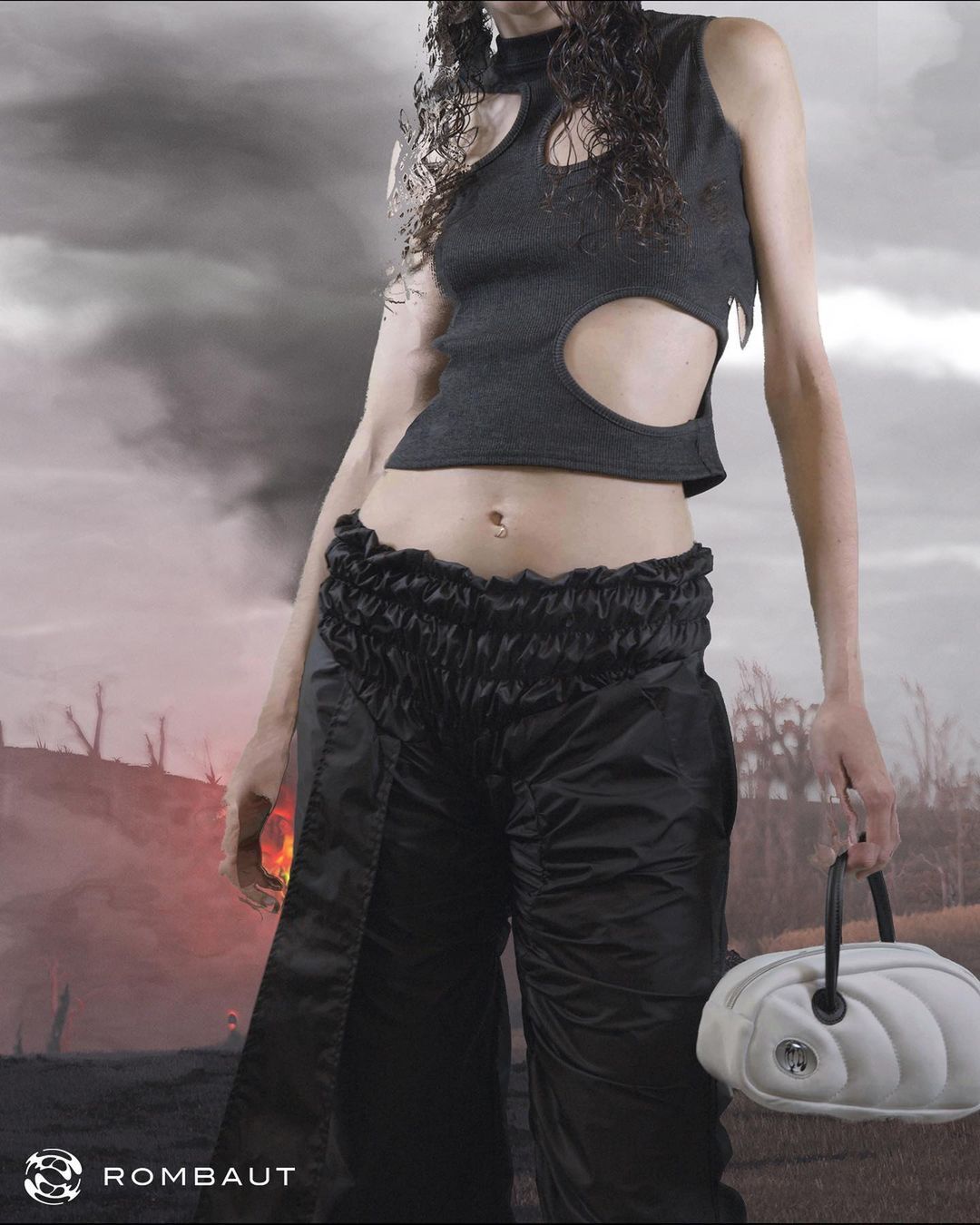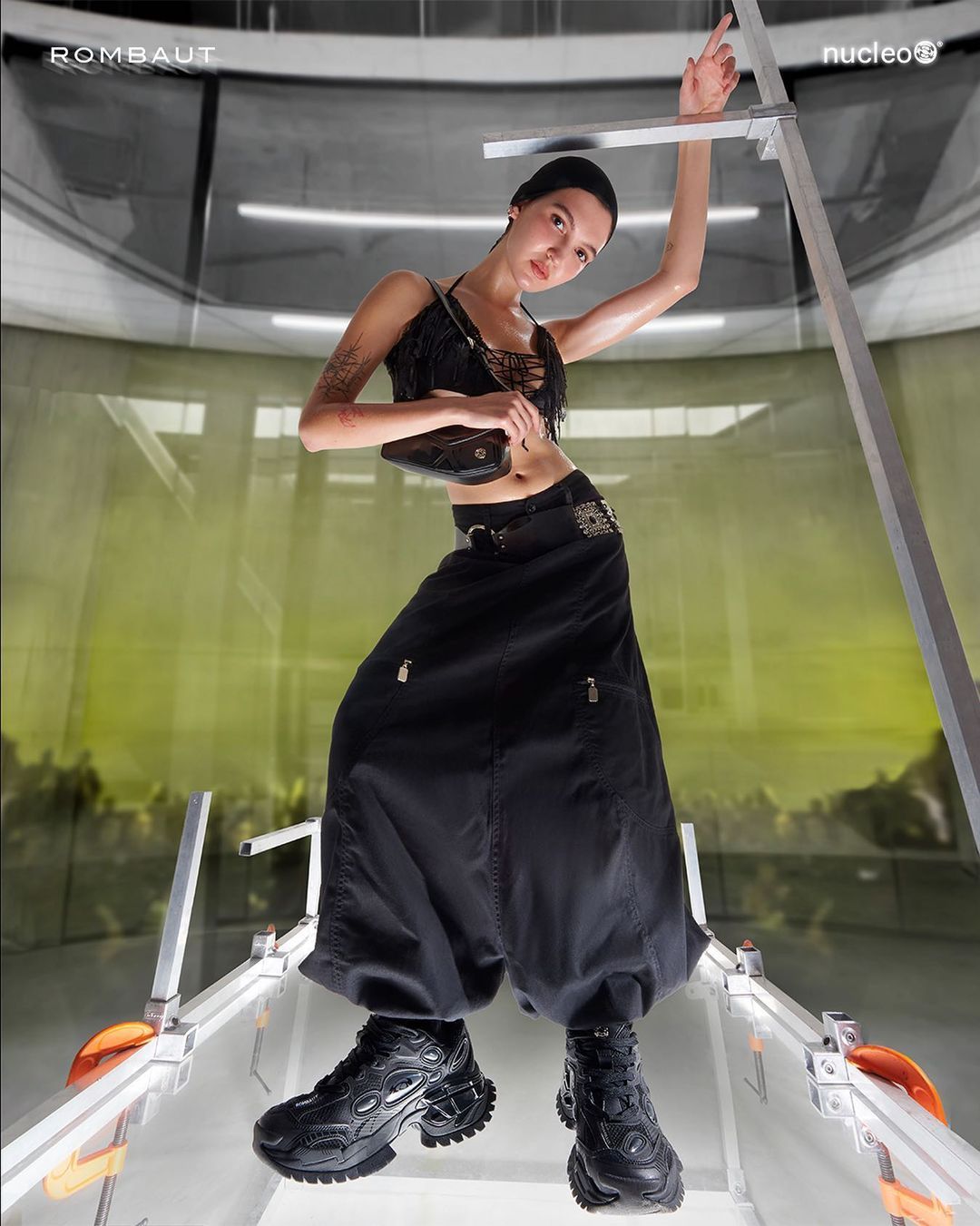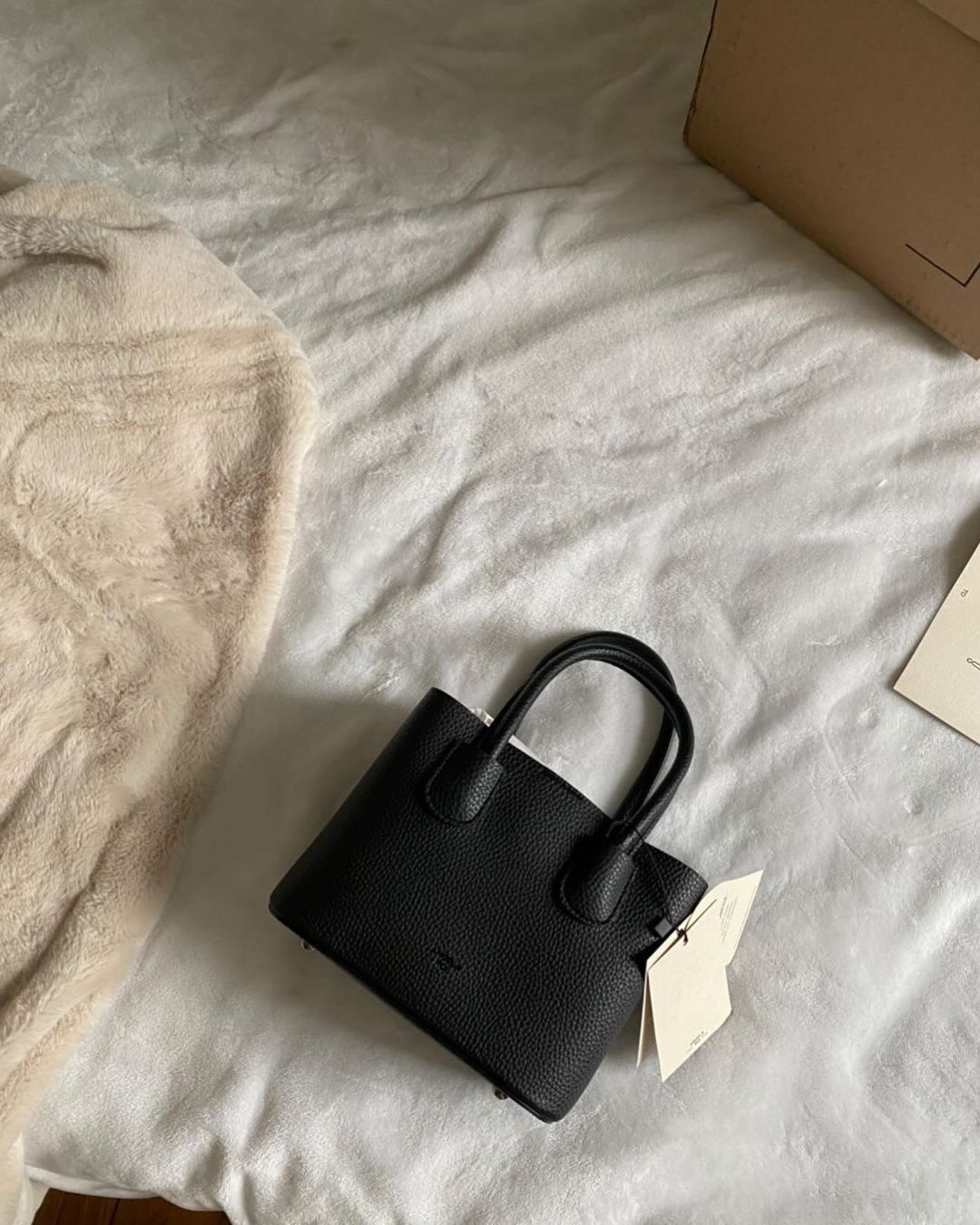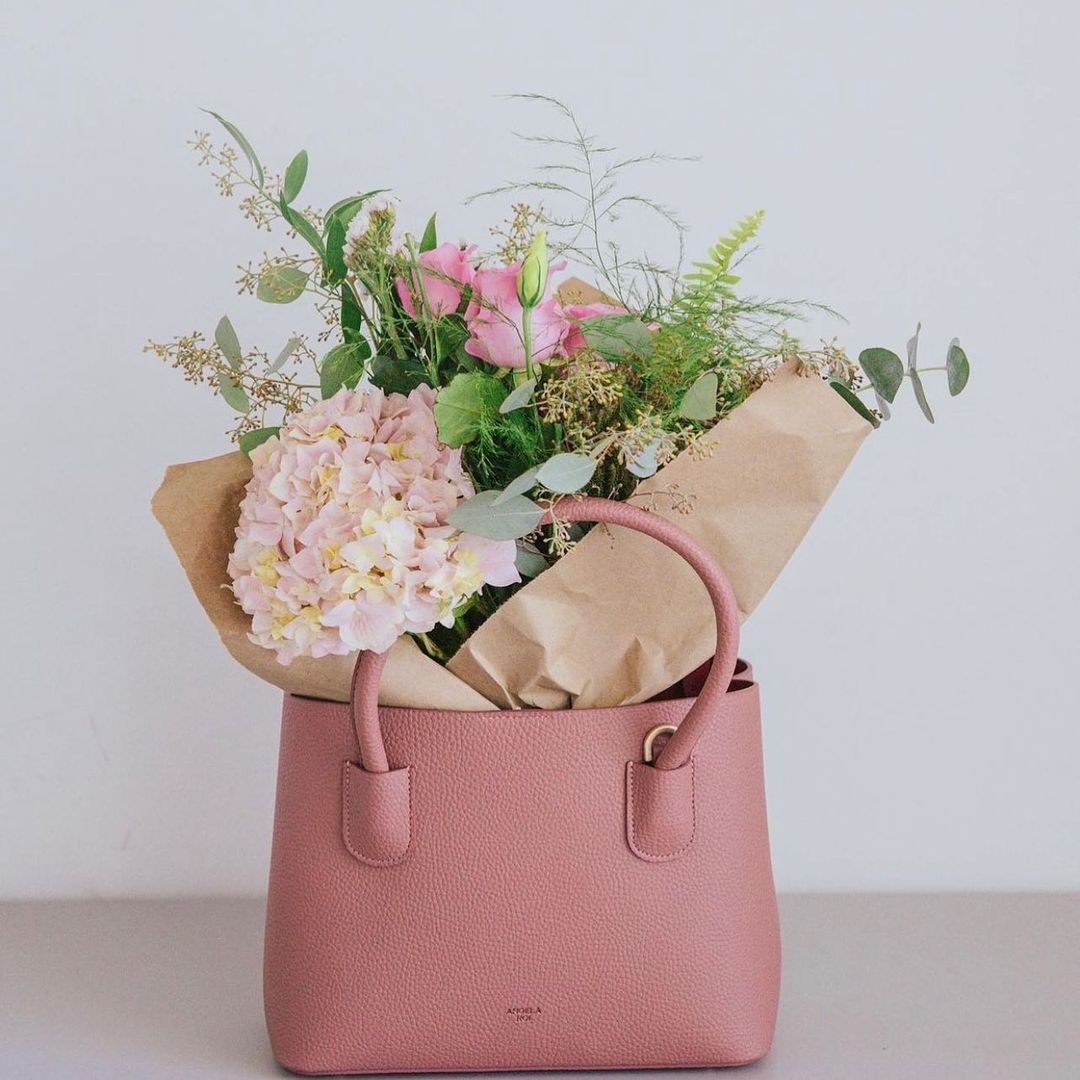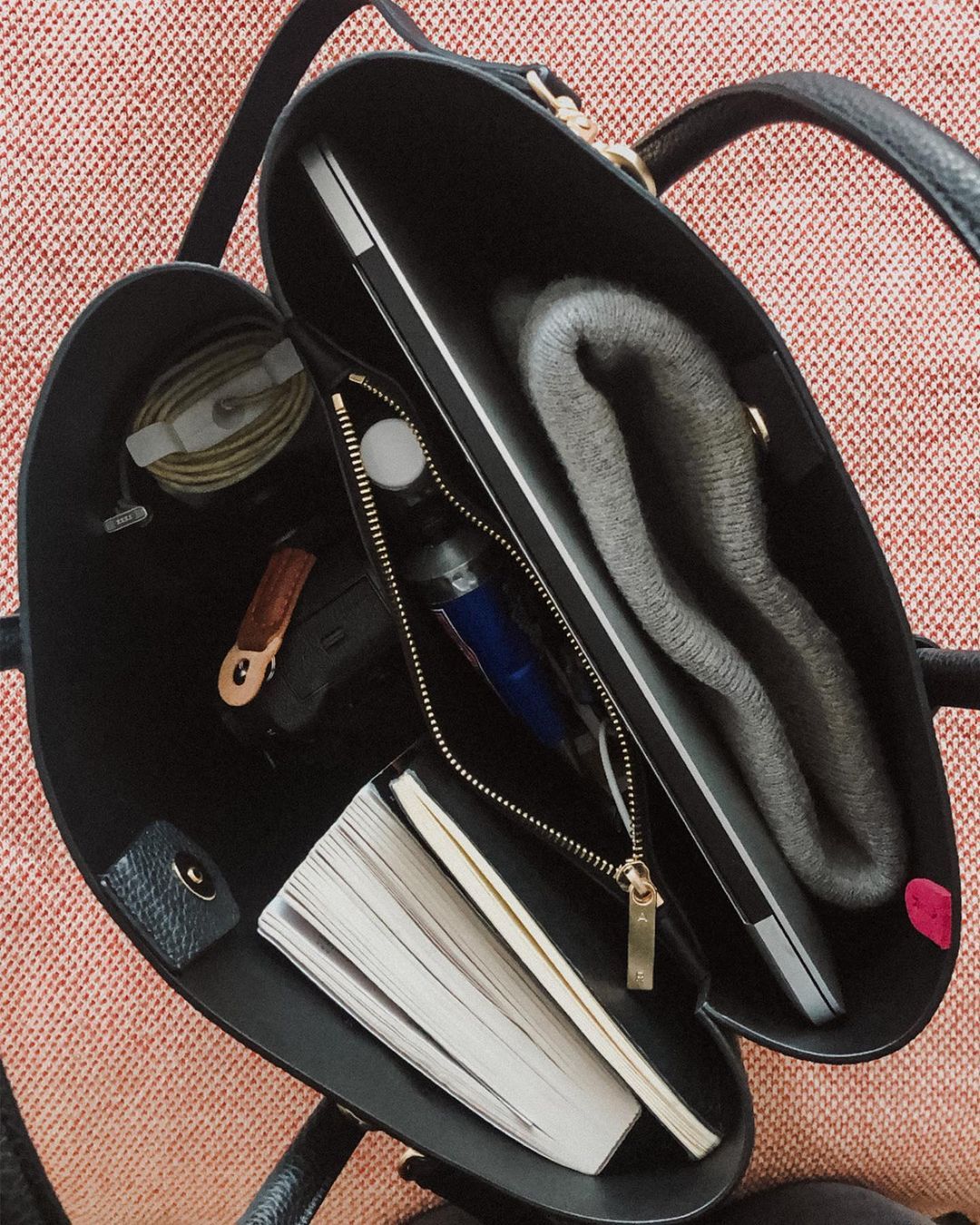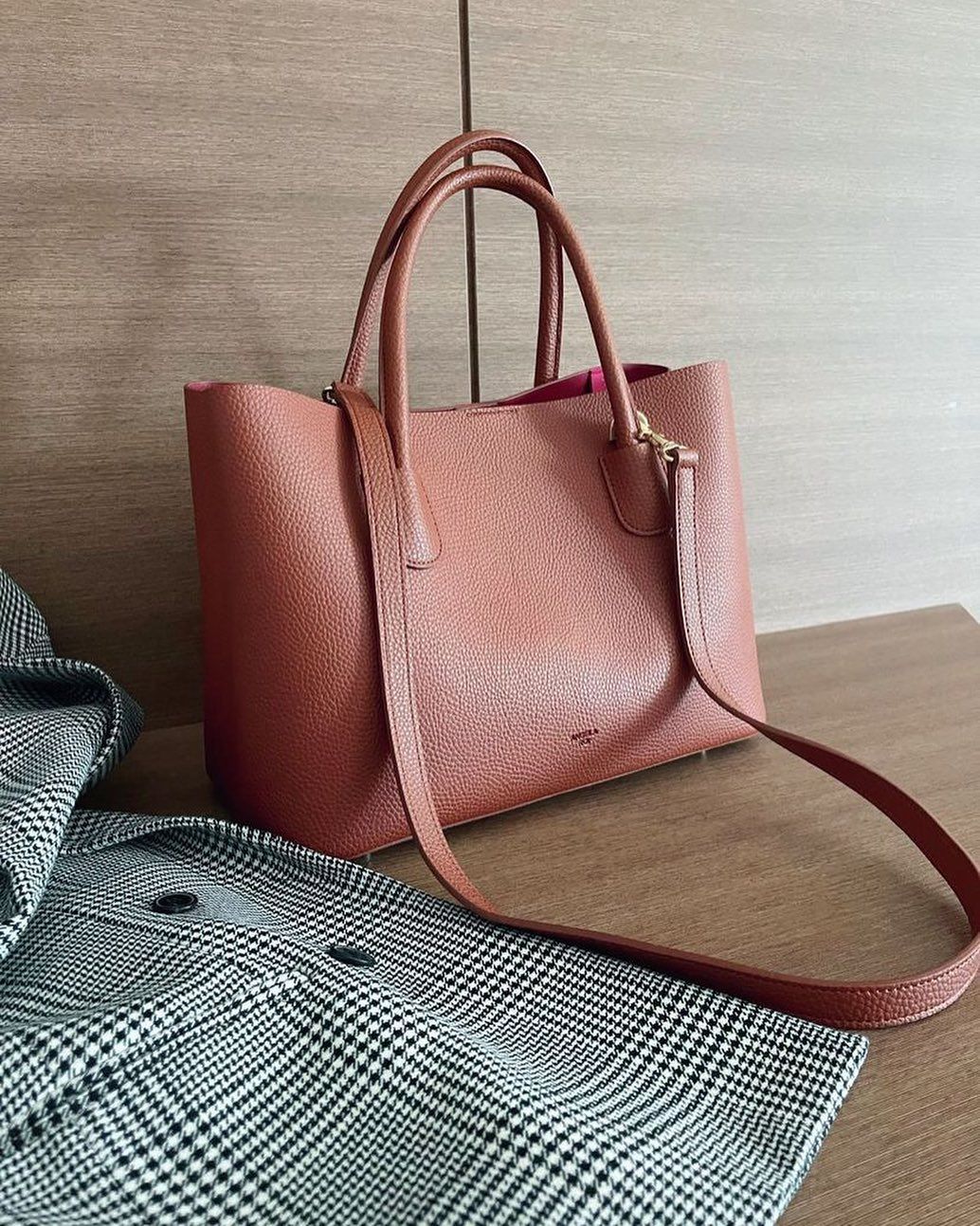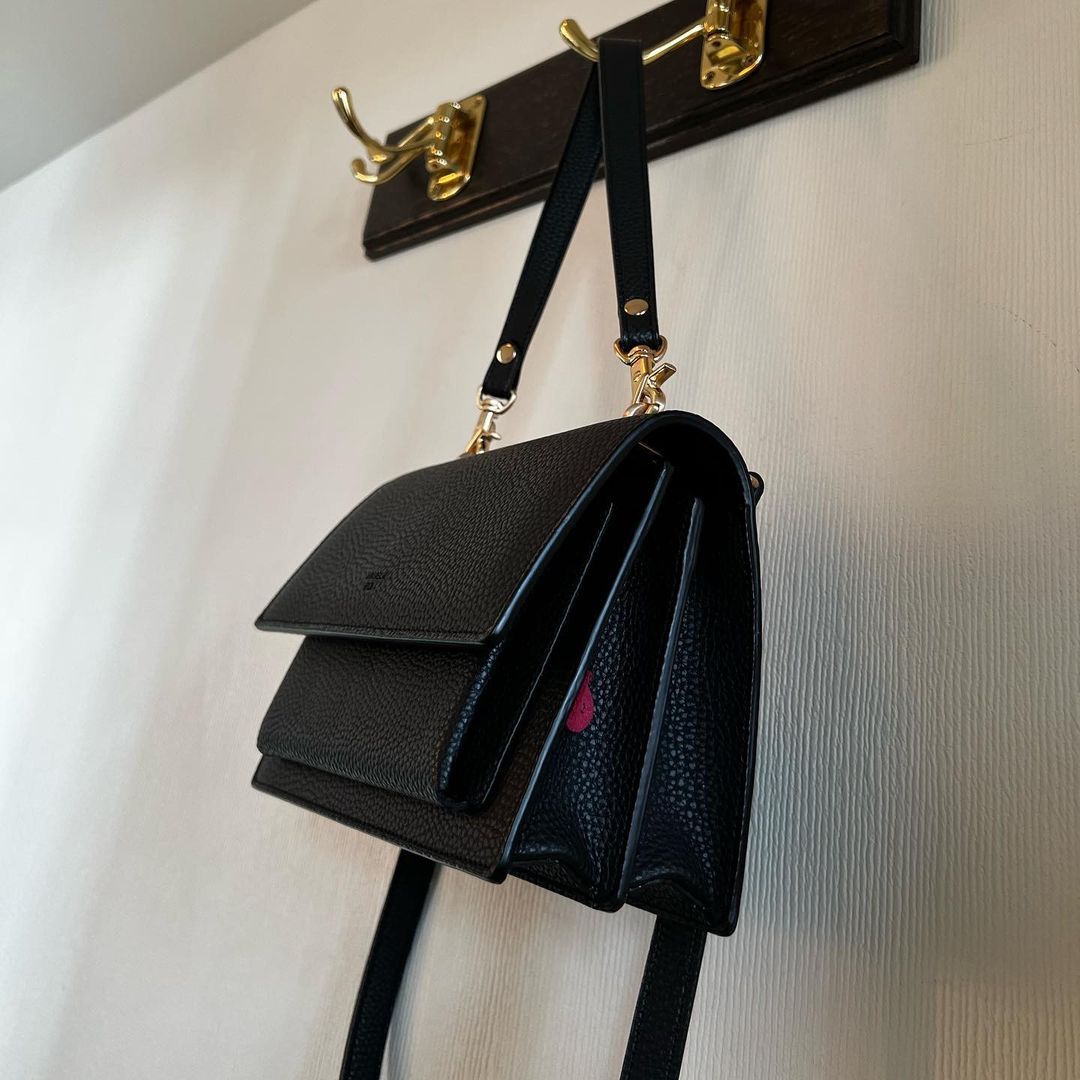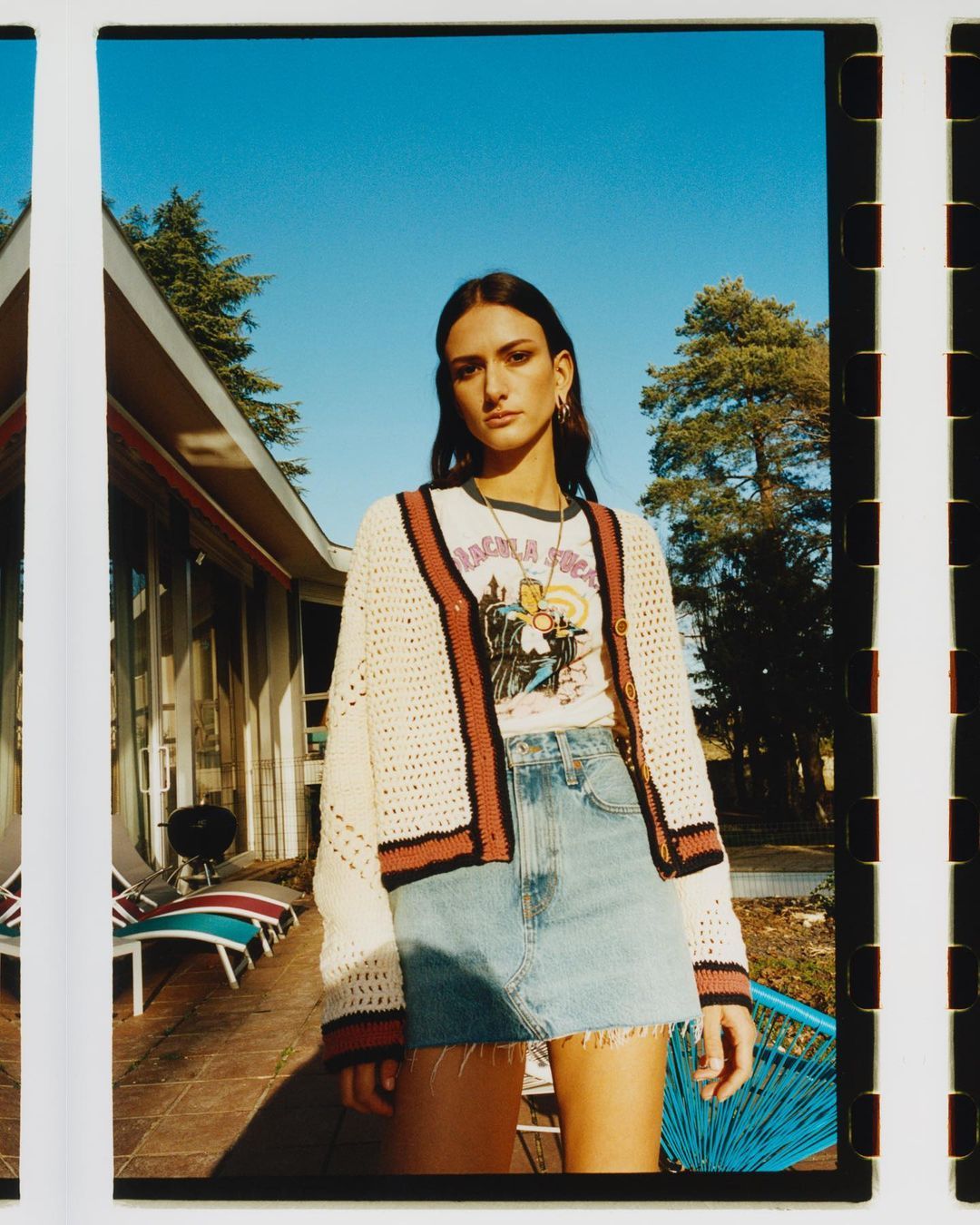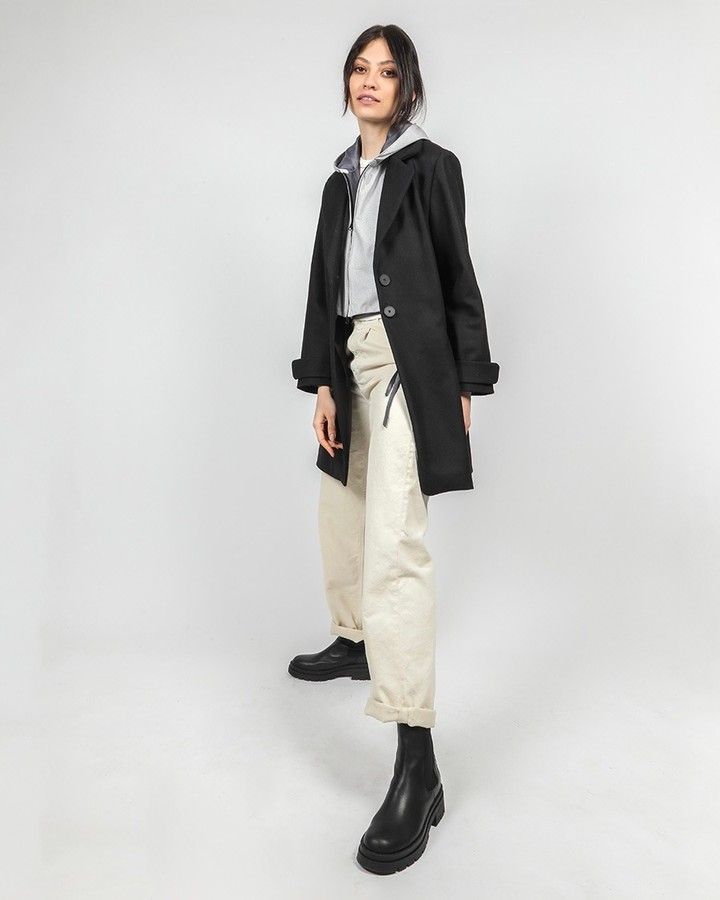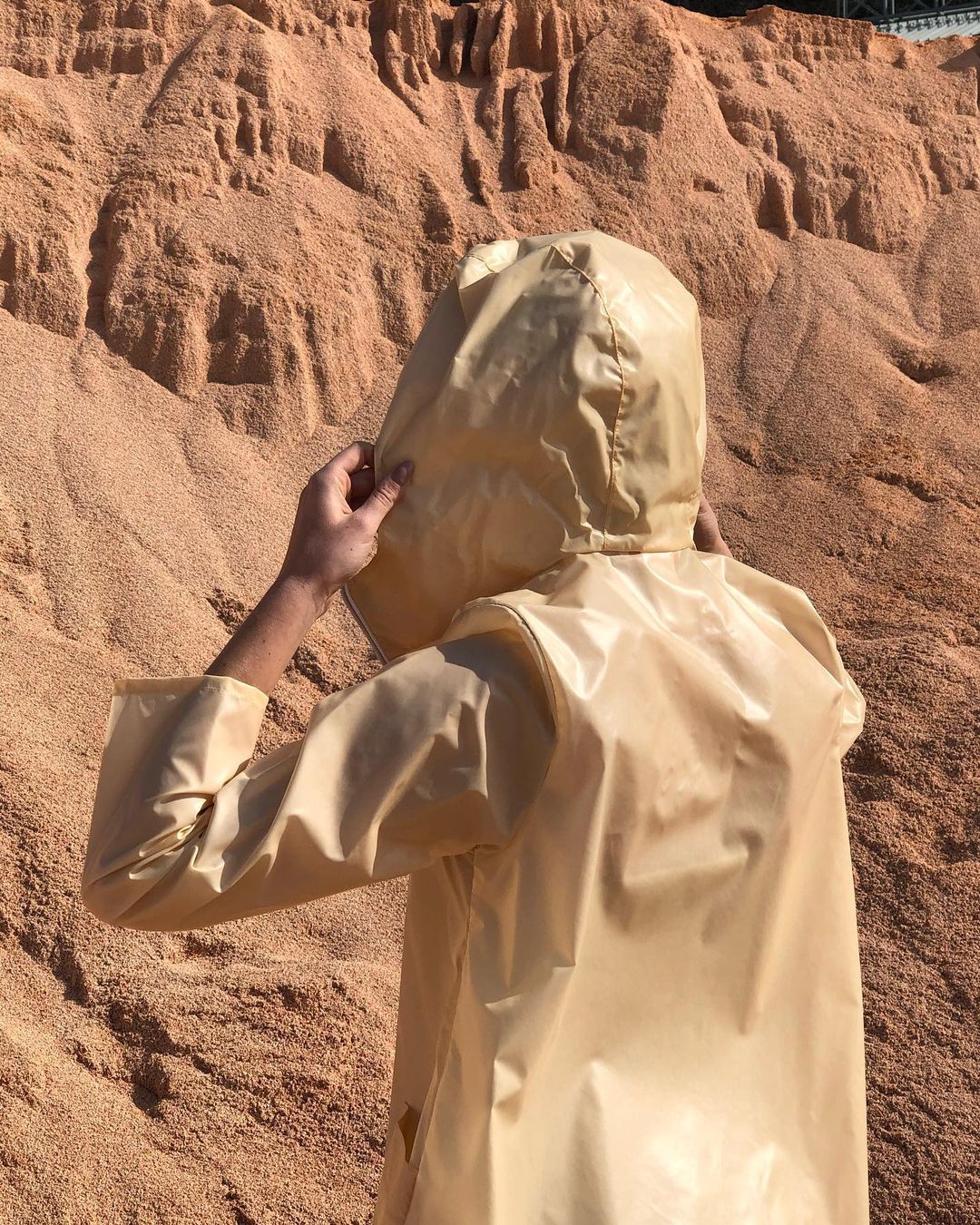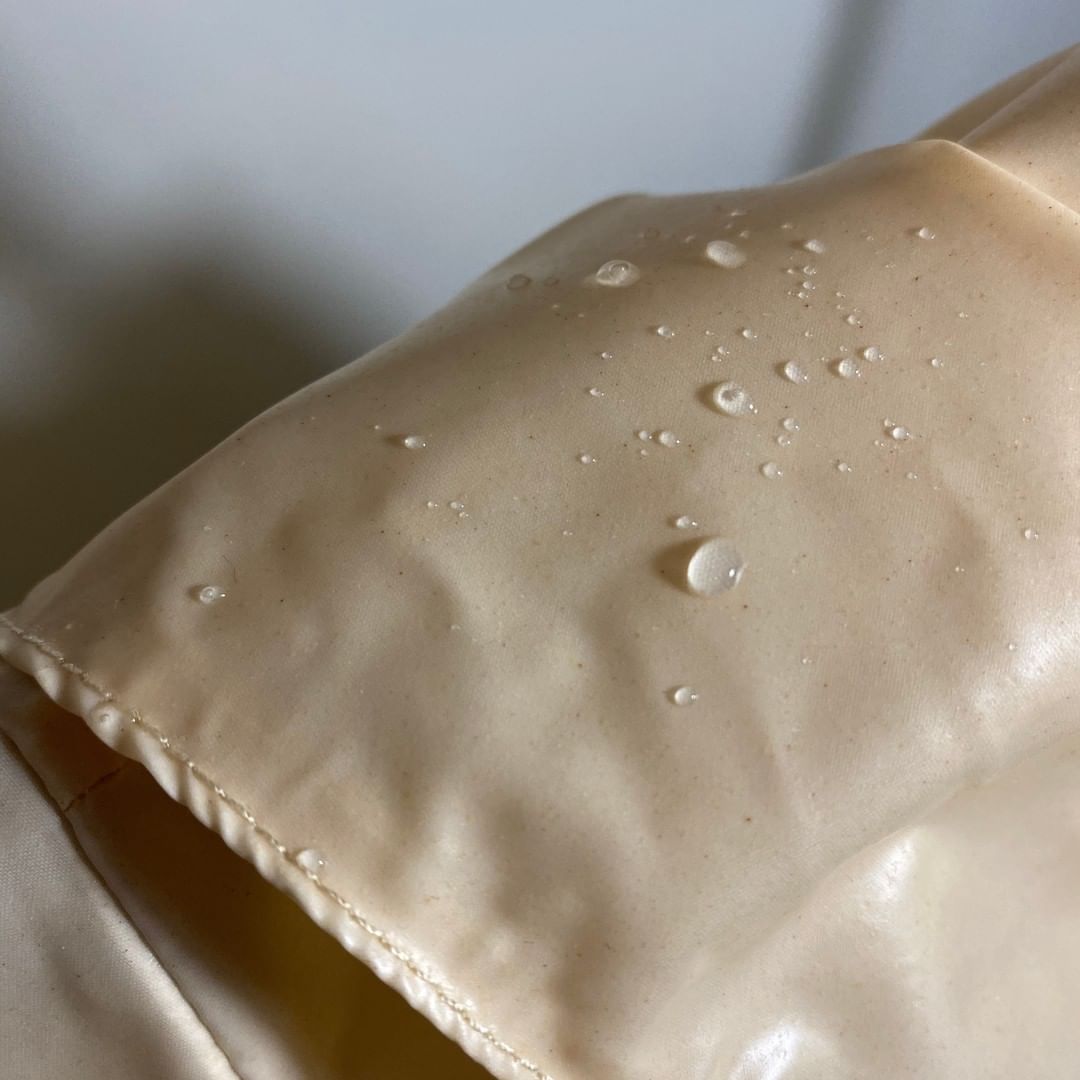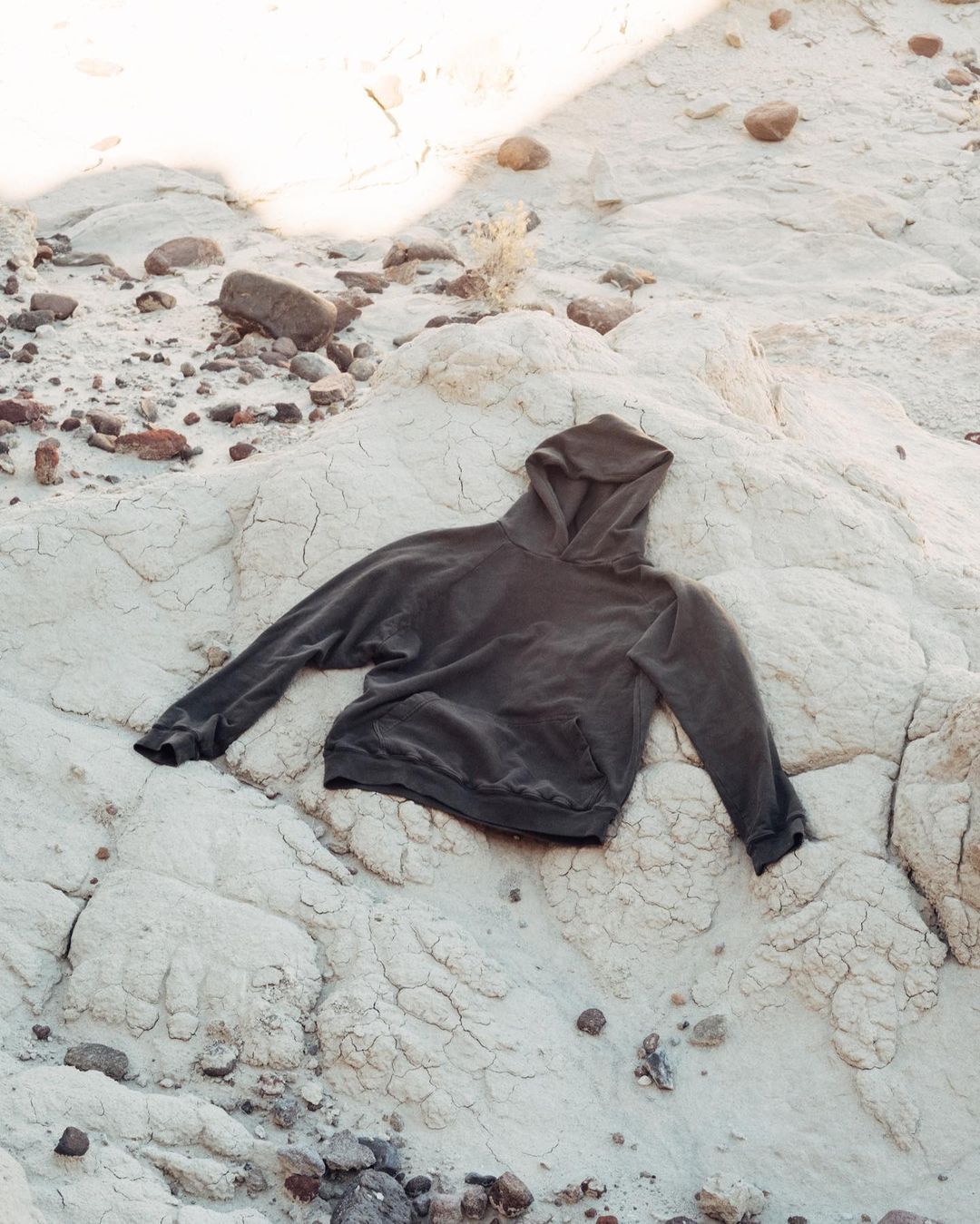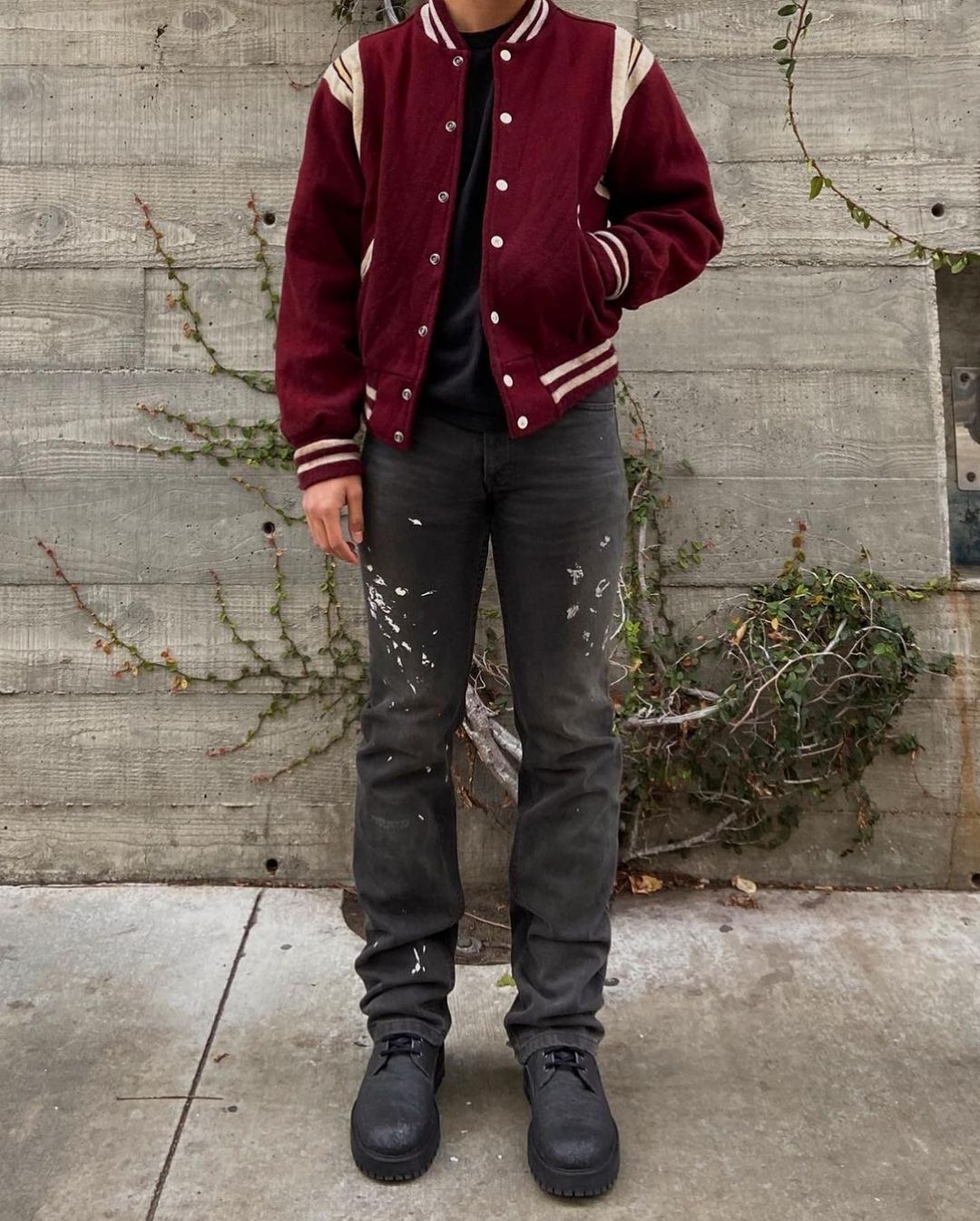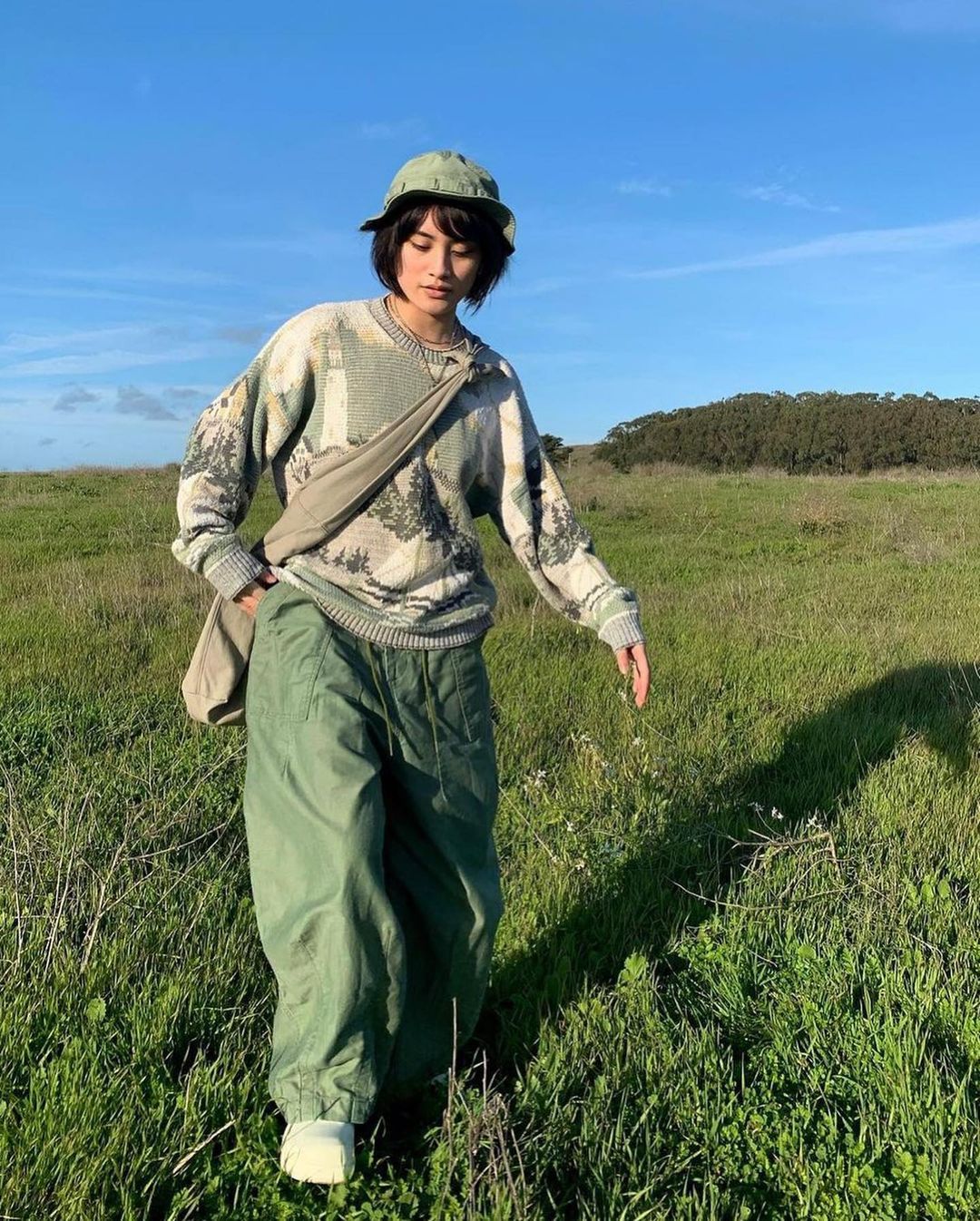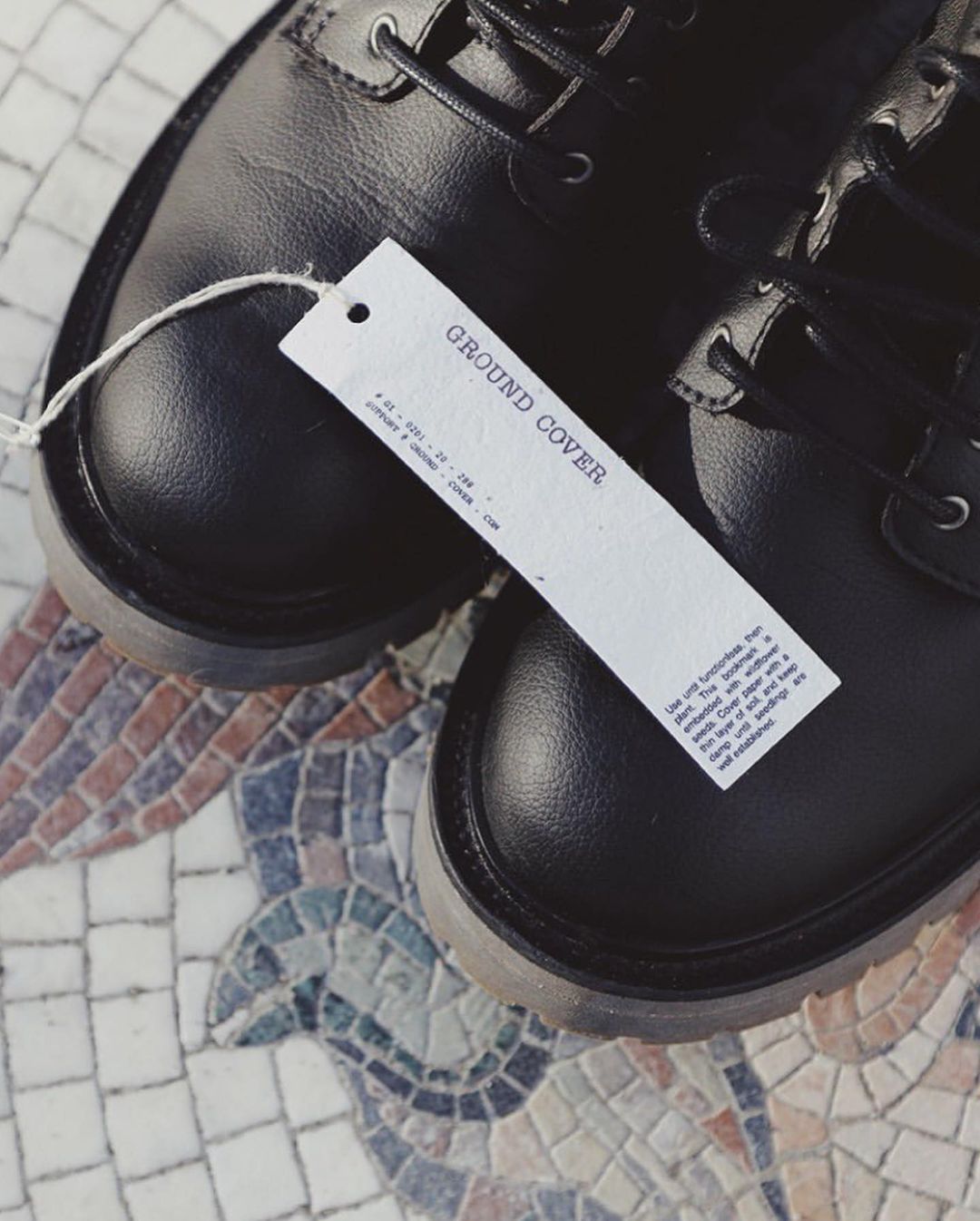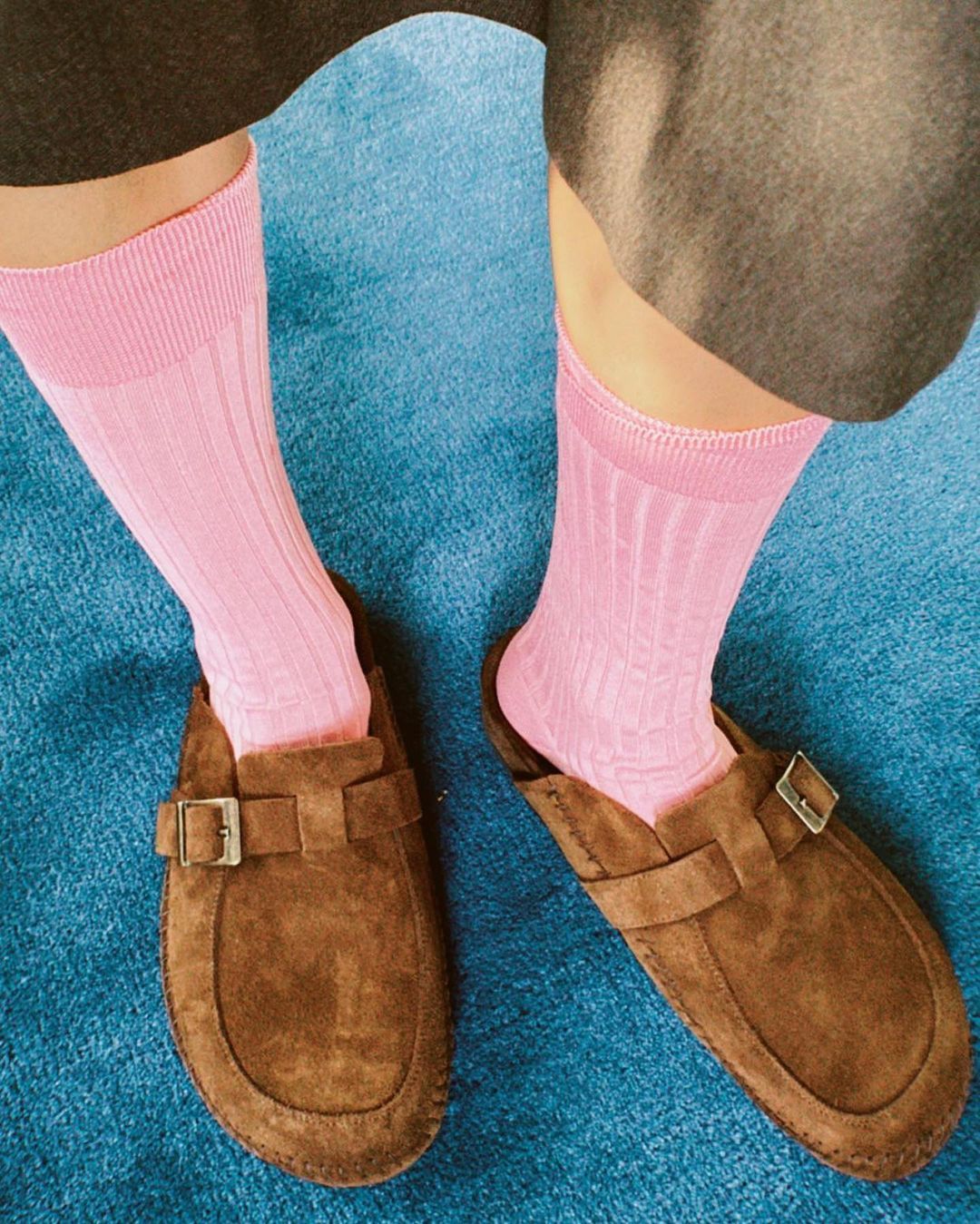
5 brands that recycle waste materials to produce new garments Recycling marble dust, agricultural waste and vintage denim
In recent years, brands' push for environmental sustainability has been through the creative reuse of objects that previously had a completely different function (upcycling) or through the transformation of waste materials into completely new garments (recycling). If Maison Margiela has widely distinguished itself - and in times not suspected - as an example of the first procedure, the entrepreneurial ideas of the founders of some virtuous brands have succeeded in transforming the most distant waste materials from the textile world into environmentally friendly trainers and sweatshirts.
The marble of Fili Pari
The mackintoshes, outerwear and accessories of Fili Pari, a fashion-tech start-up founded by two alumnae of the Milan Polytechnic, are made from marble dust. Specifically, the brand uses products and by-products from the Italian stone industry. The same material from which Michelangelo's majestic masterpiece - the David - is made bends and becomes flexible in the Peggy Trench designed by founders Alice Zantedeschi and Francesca Pievani. The start-up is committed to exploiting the know-how of local industry, which is why its products are made entirely in Italy in a geo-located area of 120 kilometres.
The cactus of Angela Roi
Often used as a yardstick for angular and unapproachable people, the cactus is the raw material from which Angela Roi's tote bags, crossbody bags and shoulder bags are made. The brand is committed to using non-animal materials, as in the case of vegan cactus-derived leather, created through a slow process of hand-harvesting the raw material and drying it. It is harvested in Zacatecas, Mexico, where the brand, along with environmental sustainability, strives for social sustainability by paying its employees a fair wage and providing comfortable and clean working environments.
The Rombaut coconut
Rombaut shoes are born carrying the seed of decomposition within them, as is the case with the Dysmorphia model, made of a biodegradable sole that is born with the promise of disappearing. The goal of the founder and designer, Mats Rombaut, is not only to make his trainers sustainable, but to one day create them completely biodegradable. All materials and fabrics used are derived from stones, tree bark, natural rubber, cellulose and coconut fibre. Bags, tops, tanks and t-shirts complete an entirely sustainable and minimalist catalogue.
The agricultural waste of Ground Cover
As suggested by the brand name, which means 'undergrowth' in Italian, Ground Cover finds its raison d'être in soil, plants and agricultural waste produced by the earth. From leather derived from pineapple, to linen, via cactus skin, and finally to various types of cotton. All materials used by the footwear and accessories brand founded by Avery Ginsberg are of vegetable origin. The 8 Eye Boot, made from pineapple waste, is one of Ground Cover's flagship models. Steel, a cork insole, cotton laces and a microfiber lining make this boot durable, despite the total absence of the more substantial animal fibres.
The denim of RE/DONE
In the middle ground between recycling and upcycling is RE/DONE. Founded in 2014 with the intention of giving new life to vintage denim, the brand over the years has distinguished itself by launching sustainable collaborations that revitalise the archives of certain historical brands, as happened with the recycled cotton knit produced with Hanes. Since its foundation, RE / DONE has collected more than 145,000 pieces of second-hand or landfill-bound Levi's clothing, stripped them down and reassembled them according to new designs, allowing them to adapt to new trends and to be given new life.










































